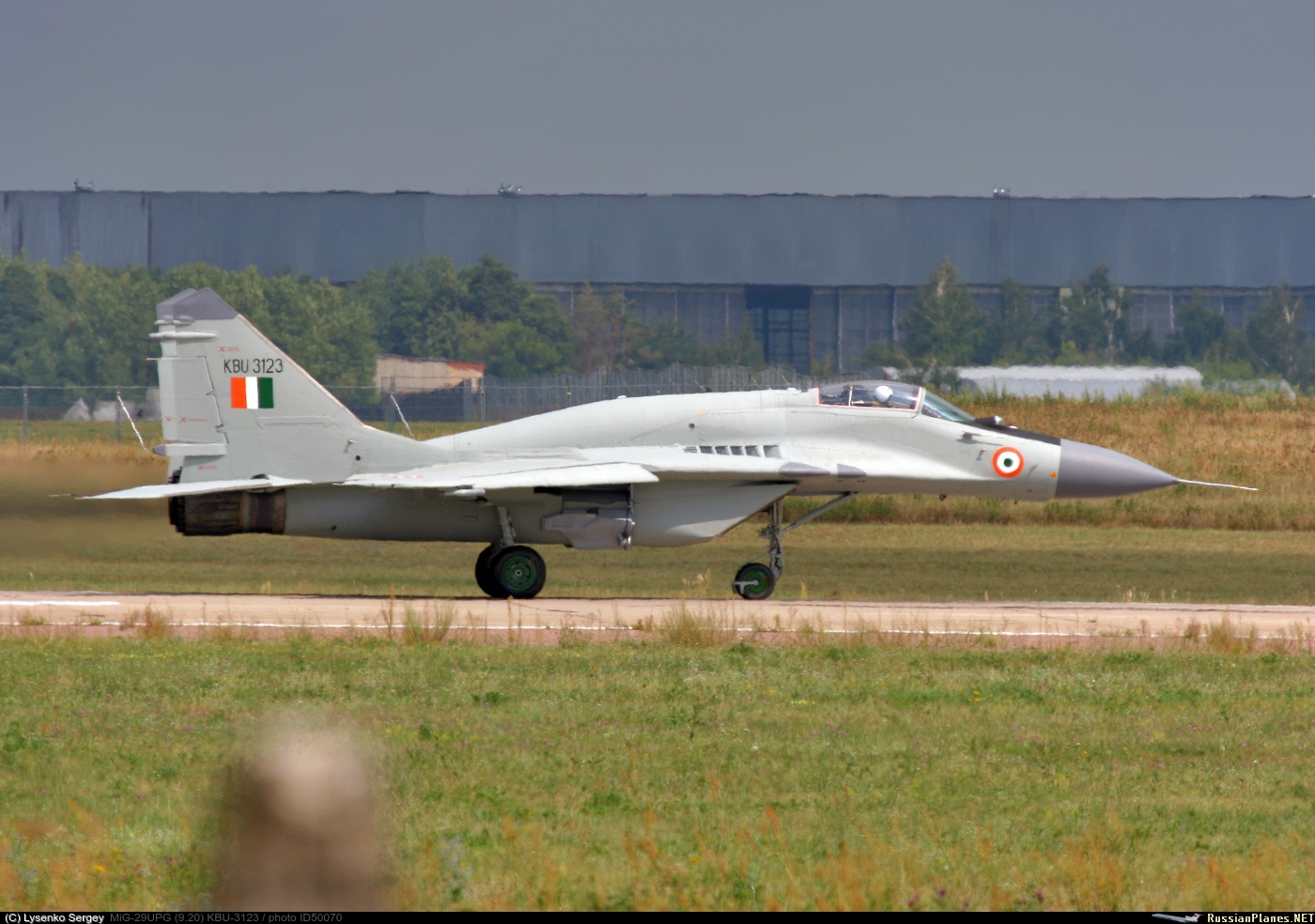Tshering22
ELITE MEMBER

- Joined
- Jul 19, 2010
- Messages
- 18,430
- Reaction score
- 4
- Country
- Location

It was the final phase of the Sino-Indian War in November, 1962. A company of Garhwal Rifles was posted somewhere on the Assam-Arunachal Pradesh border. They were ordered to vacate their post as soon as possible. But even as his company was asked to fall back, Jaswant Singh remained at his post at an altitude of 10,000 feet, and held back the invading Chinese for three days single-handedly. It is presumed that he shot himself when he realised that he was about to be captured. It is alleged that the Chinese cut off Jaswant Singh's head and took it back to China. However, after the ceasefire, the Chinese commander, impressed by the soldier's bravery, returned the head along with a brass bust of Jaswant Singh. The bust, created in China to honour the brave Indian soldier, is now installed at the site of the battle, a location now known as Jaswant Garh. Jaswant Singh's saga of valour and sacrifice continues to serve as an inspiration to all army personnel posted in this sector. It is a fact that he alone killed more than 300 Chinese soldiers in the war. He was assisted by two girls of the local village named Nura and Sella, and they were also given due credit, and the pass was named after Sella, and the highway named after Nura. It is still believed that the soul of this martyr still protects the whole of West Kameng from Chinese attacks.
Shankar Vishwanath
I would have expected nothing less out of the coward PLA commander to disrespect a dead soldier. My sincerest salutations to this hero. He my fellow Indians, is the true son of Indian soil.






